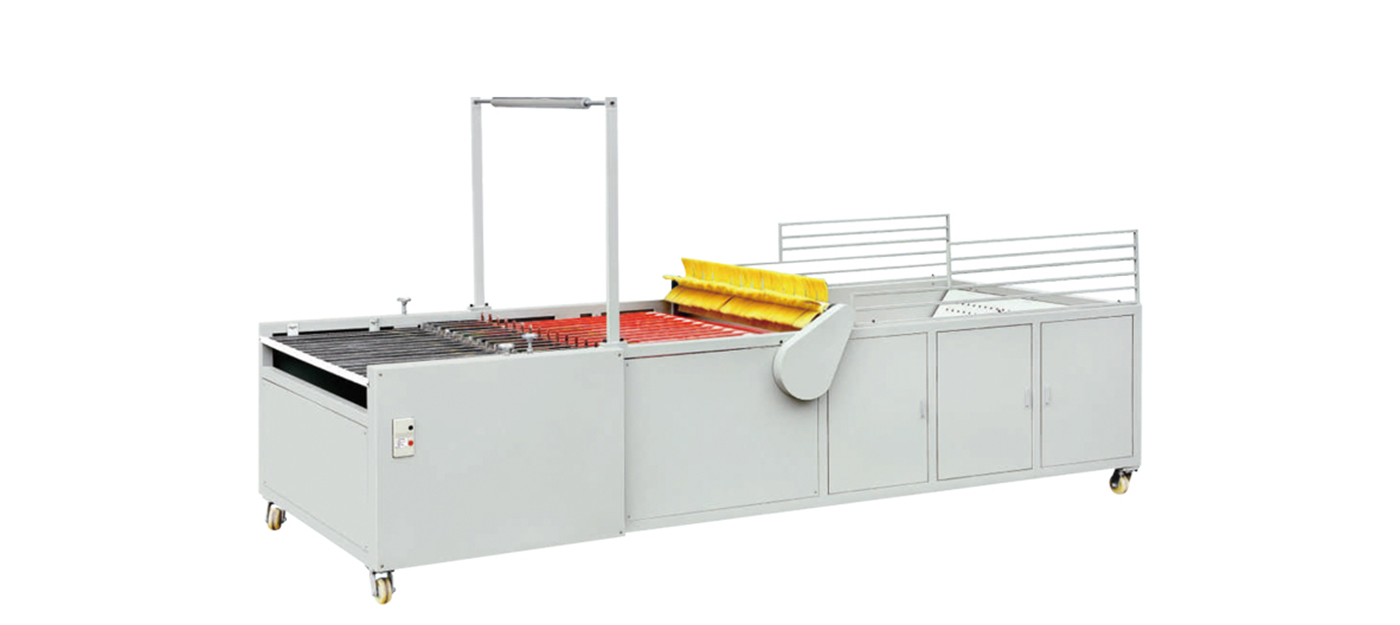Welcome to consult and negotiate
RM-3 Three-station Thermoforming Machine
Description
The three-station positive and negative pressure thermoforming machine is an efficient and automatic production machine to produce disposable trays, lids, lunch boxes, folding boxes and other products. This thermoforming machine has three stations, which are forming, cutting and palletizing. When forming, the plastic sheet is first heated to a temperature that makes it soft and malleable. Then, through the shape of the mold and the action of positive and negative pressure, the plastic material is formed into the desired product shape. Then the cutting station can accurately cut the formed plastic products according to the shape of the mold and the size of the product. The cutting process is automated to ensure cutting accuracy and consistency. Finally, there is the stacking and palletizing process. The cut plastic products need to be stacked and palletized according to certain rules and patterns. The three-station positive and negative pressure thermoforming machine can improve production efficiency and product quality through precise control of heating parameters and pressure, as well as equipped with cutting and automatic palletizing systems, to meet the market's demand for disposable plastic products, and also bring convenience and benefits.

Machine Parameters
| Molding area | Clamping force | Running speed | Sheet thickness | Forming height | Forming pressure | Materials |
| Max. Mould Dimensions |
Clamping Force | Dry Cycle Speed | Max. Sheet Thickness |
Max.Foming Height |
Max.Air Pressure |
Suitable Material |
| 820x620mm | 80T | 61/cycle | 1.5mm | 100mm | 6 Bar | PP, PS, PET, CPET, OPS, PLA |
Features
Efficient production
The machine adopts an automatic control system, which can quickly and efficiently complete the molding, cutting and palletizing of plastic products. It has the functions of rapid heating, high pressure forming and precise cutting, which greatly improves the production efficiency.
Flexible and diverse
This machine is equipped with multiple stations, which can be adapted to the production of different types and sizes of plastic products. By changing the mould, products of various shapes can be produced, such as plates, tableware, containers, etc. At the same time, it can also be customized according to the needs to meet the special needs of different customers.
Highly automated
The machine has an automated operation and control system, which can realize an automated production line. It is equipped with automatic feeding, automatic forming, automatic cutting, automatic palletizing and other functions. The operation is simple and convenient, reducing manual intervention and reducing the cost of human resources.
Energy saving and environmental protection
The machine adopts a high-efficiency heating system and energy-saving design, which can minimize energy consumption. At the same time, it also has precise temperature control and emission purification system, which reduces the pollution to the environment.
Application
The 3-station thermoforming machine is suitable for food packaging, catering industry and other fields, providing convenience and comfort for people's life.




















